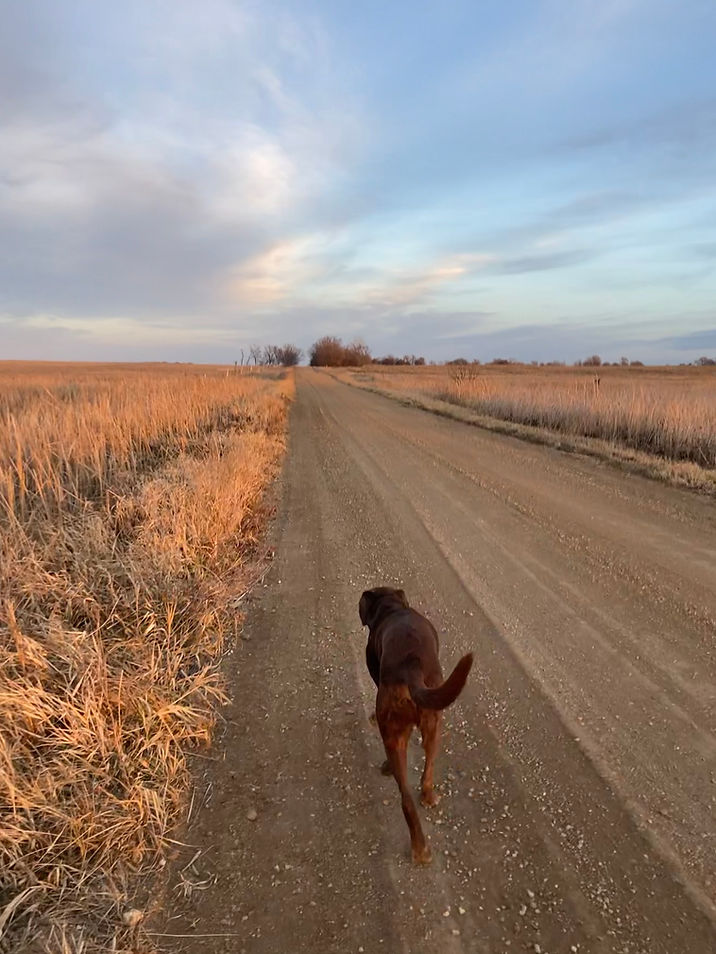

Adventure can be more than just a noun; it can be a verb. Embarking on transformative journeys and taking calculated risks are all examples of how adventure can be used as an action. In this thorough guide, we’ll explore the transformative power of viewing adventure as an active component of life rather than just a passive experience. You’ll learn how to embrace challenges, overcome obstacles, and create meaningful experiences that leave a lasting impact on your life. We’ll also delve into the ways in which adventure can lead to personal growth and development. This article will explore the importance of this perspective, and we’ll equip you with actionable strategies to incorporate “adventure as a verb” into your daily life, whether physically, mentally or creatively.
Defining Adventure as a Verb
Understanding the Action
Exploring the idea of adventure as a verb involves shifting our perspective from simply experiencing adventures to actively pursuing them. Adventure becomes a conscious choice, not merely a fortuitous event. It’s about actively seeking opportunities for growth, learning, and change—embracing challenges and taking calculated risks. It’s more than just traveling to far-off places; it’s about confronting fears, stepping outside of your comfort zone, and actively choosing to live a life filled with experiences. This proactive approach to living life aligns with personal growth, innovation, and a broader sense of purpose.
Reframing Experiences
Consider a mountaineer scaling a treacherous peak; this isn’t just about reaching the summit—it’s the process. Every step, every struggle, every moment of doubt and triumph is an act of adventure. Similarly, starting a new business or learning a new language is a journey filled with challenges. Each obstacle overcome is a demonstration of “adventure as a verb”, an active participation in shaping your own experiences.
The Importance of Choice
True adventure stems from a conscious decision to venture forth, a choice to confront unknown territories—physical or otherwise. It’s about embracing the inherent risk and uncertainty associated with moving beyond the familiar. This active pursuit distinguishes it from simply reacting to events or passively absorbing experiences.
Embracing Challenges
Overcoming Obstacles
Adventure as a verb inherently involves the overcoming of obstacles—be they physical, emotional, or intellectual. We can see this in the relentless pursuit of a objective, tackling a challenging project, or confronting personal limitations. Each obstacle surmounted represents a step forward on the path of personal growth and development, contributing to a deeper understanding of oneself and the world.
Practical Application: Setting objectives
To turn adventure into a daily practice, set specific objectives that challenge you but remain attainable. These objectives can encompass physical activities, such as running a marathon or learning a new skill like rock climbing or programming.
Example: The Entrepreneur
Consider an aspiring entrepreneur who wants to launch a new business. Launching and running a business is a journey marked by countless challenges, and this entrepreneur’s ability to overcome those challenges and move forward despite obstacles defines their entrepreneurial journey as “adventure as a verb” in action.
The function of Risk-Taking
Calculated Risks and Growth
Taking risks is an integral part of embracing adventure as a verb. Calculated risks—risks assessed with a balanced view of potential gains and losses—represent conscious choices to venture beyond the familiar and into the unknown. These risks often yield experiences, growth, and profound discoveries. It’s crucial to remember that these risks are not reckless or irresponsible; they’re calculated decisions to embrace growth through vulnerability and uncertainty.
Courage and Fear
Taking calculated risks often requires courage—the ability to confront and overcome fear. Fear can act as a barrier, preventing us from pursuing our objectives or ambitions, but courage empowers us to step forward, even when uncertainty looms. By acknowledging and managing fear, we can transform it into fuel for action.
The Impact of Risk
Throughout history, numerous examples demonstrate the transformative impact of calculated risks. Think of pioneers who ventured into new territories, scientists who challenged existing theories, or artists who pushed the boundaries of creativity. These individuals demonstrate that embracing calculated risks is often the catalyst for profound personal and societal change.
Cultivating an Adventurous Mindset
Fostering Curiosity
Cultivating an adventurous mindset is about fostering curiosity, a thirst for knowledge, and an open-mindedness to new experiences. The ability to embrace uncertainty—and see it as an chance for growth—is crucial. This open-mindedness helps people to be adaptable and responsive in the face of challenges and discoveries.
The Transformative Nature of Adventure
Personal Growth and Development
Adventure as a verb isn’t just about physical challenges; it extends to personal development. Confronting obstacles, whether they are emotional, intellectual, or social, allows individuals to grow and expand their understanding of themselves and the world.
Examples: Learning a new language, confronting a phobia, or starting a new career.
Examples of turning ‘adventure’ into an active verb can involve learning a new language, overcoming a phobia through exposure therapy, starting a new career, or volunteering for a cause you’re passionate about.
null
In conclusion, understanding how adventure can be a verb empowers us to embrace the transformative potential of life’s journeys. Whether it’s embarking on a physical expedition, pursuing a creative endeavor, or confronting personal challenges, each act of venturing forth can redefine our perspectives and shape our destinies. Embrace the adventurous spirit within and dare to see how “adventure” can become a driving force in your life. Seek out new experiences, confront fears, and most crucially, be open to the possibilities. Adventure awaits.